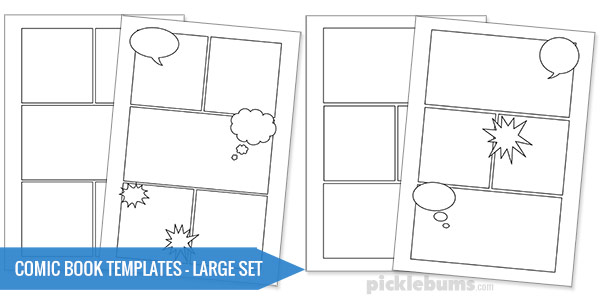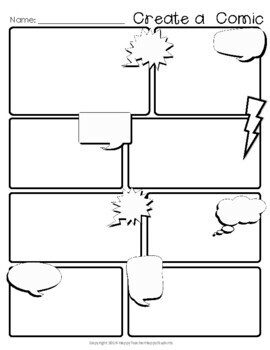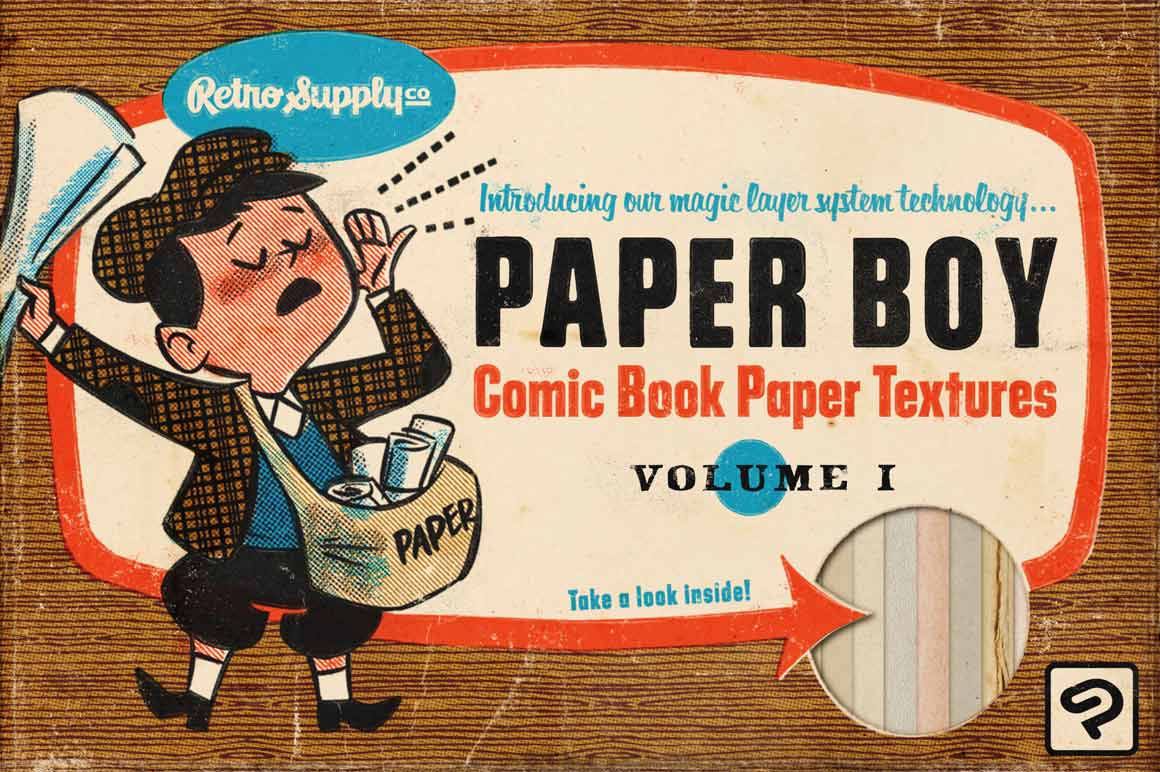Comic book paper, also known as comic book stock or paper stock, is an important element of the production process for creating comic books. It determines the overall look, feel, and durability of the finished product, and can have a significant impact on the reading experience for the reader.
There are several types of comic book paper, each with their own unique characteristics and benefits. One common type is newsprint, which is a lightweight and inexpensive paper made from wood pulp. It is commonly used for low-cost, mass-produced comics, but has a tendency to yellow and become brittle over time.
Another popular type of comic book paper is glossy paper, which has a shiny finish and is made from higher quality pulp. It is more durable than newsprint and provides better color reproduction, but is also more expensive to produce.
A third type of comic book paper is matte paper, which has a non-reflective finish and is made from high-quality pulp. It is more durable than both newsprint and glossy paper, and provides excellent color reproduction, but is also more expensive to produce.
In addition to these traditional types of comic book paper, there are also specialty papers that are designed for specific purposes. For example, some papers are coated with a layer of plastic or other protective material to make them more resistant to water, tearing, and other damage.
When choosing the type of paper for a comic book, there are a few factors to consider. The first is the intended audience and market for the book. If the comic is targeted at collectors or is intended to be a high-end, premium product, then a higher quality paper such as matte or glossy may be more appropriate. On the other hand, if the comic is intended to be a low-cost, mass-produced product, then newsprint may be a more suitable choice.
The second factor to consider is the printing process. Different types of paper may be more or less suitable for different printing methods, so it is important to choose a paper that is compatible with the intended printing process.
Finally, it is important to consider the overall look and feel of the finished product. Different types of paper can give a comic book a distinct look and feel, and the right paper can help to enhance the reading experience for the reader.
In conclusion, comic book paper is an important element of the production process for creating comics, and choosing the right type of paper can have a significant impact on the finished product. It is important to consider the intended audience, printing process, and overall look and feel of the comic when selecting the appropriate paper.







